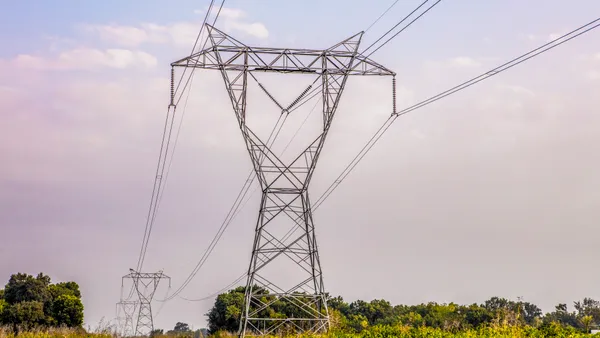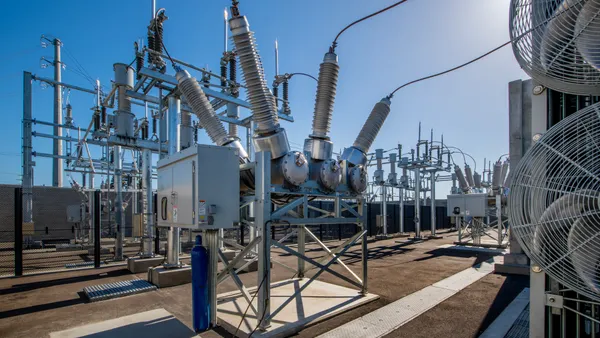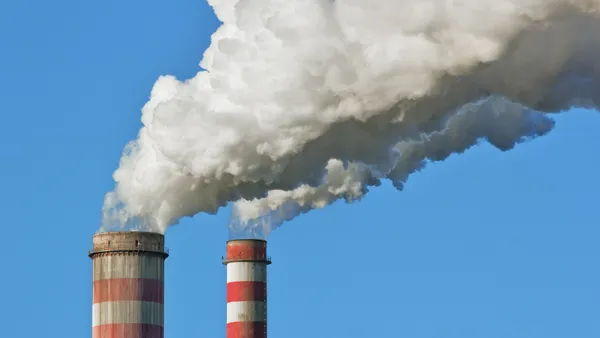Dive Brief:
- While 13 GW of coal capacity is expected to be pulled offline this year, Moody's Investor Services said it isn't a trend expected to continue and coal will remain a substantial part of the United States' fuel mix.
- Fuelfix reports on the ratings agency's new coal outlook, which points out that coal generation increased between 2013 and 2014 and made up more than a quarter of installed capacity last year.
- But the tide has certainly turned: The federal Clean Power Plan is expected to shutter many older, inefficient plants, and according to data from the U.S. Energy Information Administration the country for the first time ever in April produced more power from natural gas.
Dive Insight:
While most storylines of late have focused on coal's declining market share, closures from emissions mandates and political pressure, a new report from Moody's Investor Services paints a somewhat rosier picture for the resource. While acknowledging that market share is declining, the ratings agency still believes coal's overall capacity will remain constant through 2024.
Some of that is because switching all capacity to natural gas would raise electricity prices more than 10%, Moody's said. And while there are 13 GW in planned closures this year, the report notes that the pace of retirements will slow.
But that said, the federal government's Clean Power Plan is expected to lead to the shuttering of about 90 GW of coal-fired production — more than twice a business-as-usual scenario examined through 2040. And even before the greenhouse gas mandates were introduced, the fuel shift was underway.
Gas-fired plants in the United States produced 92,516 Gwh in April, compared with 88,835 Gwh of coal, marking the first time gas production has exceeded coal. But though power from gas generators increased more than 20%, the real winner may be solar energy which EIA reported increased almost 60% in the last year.















